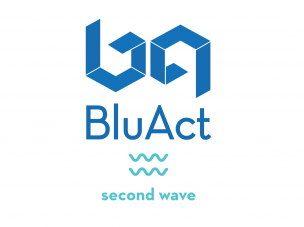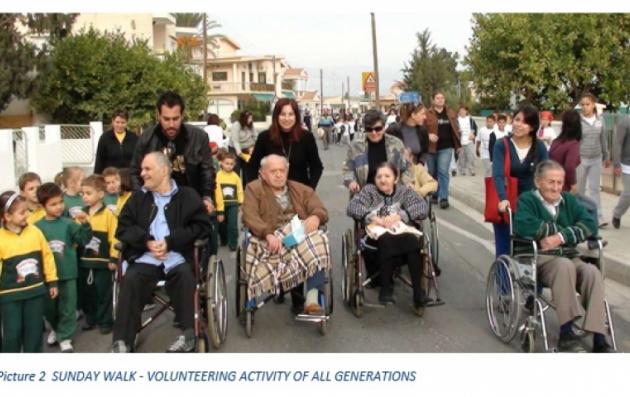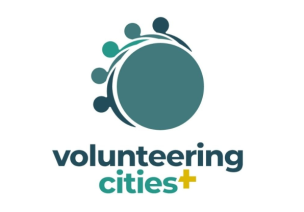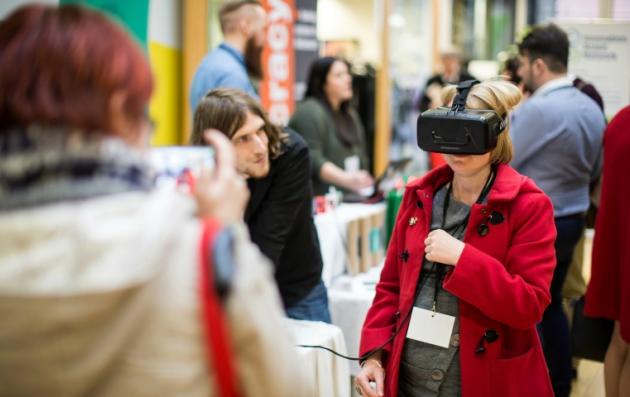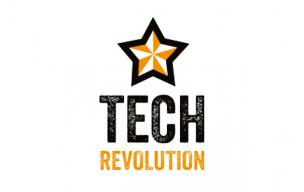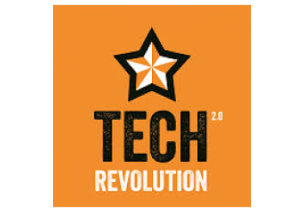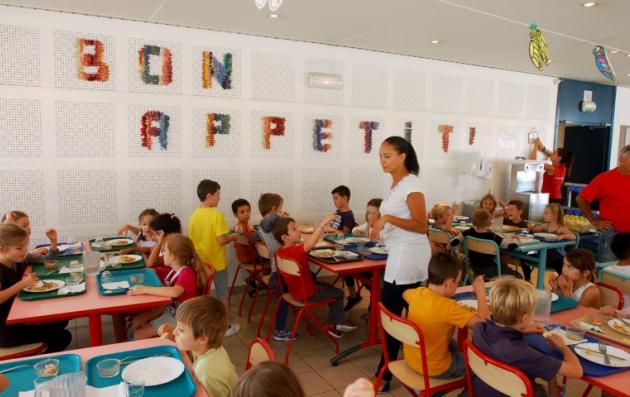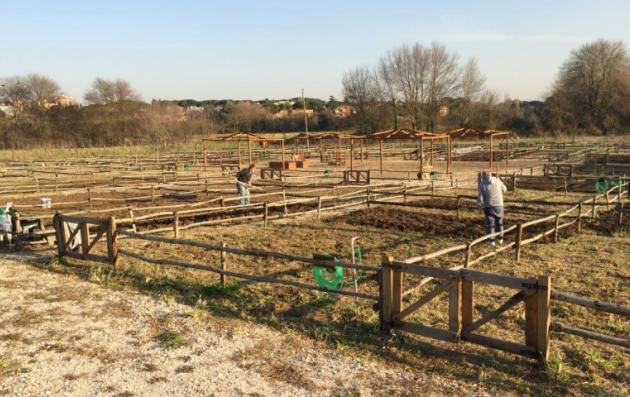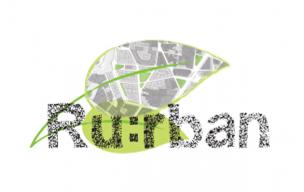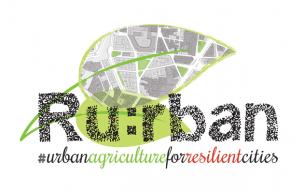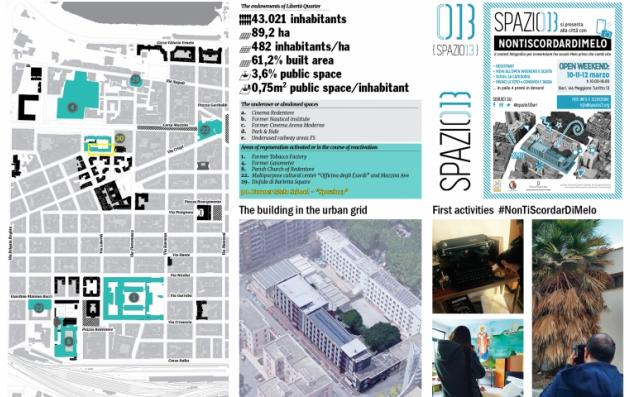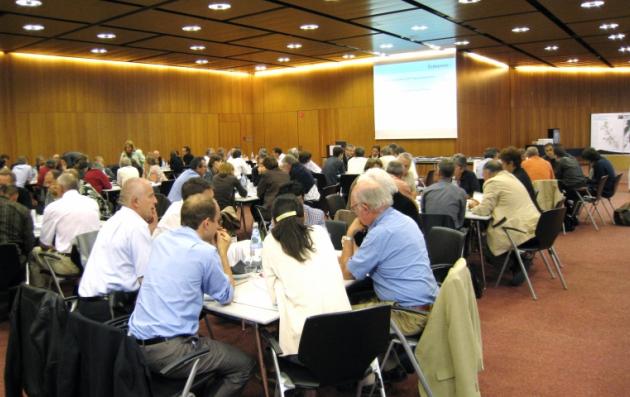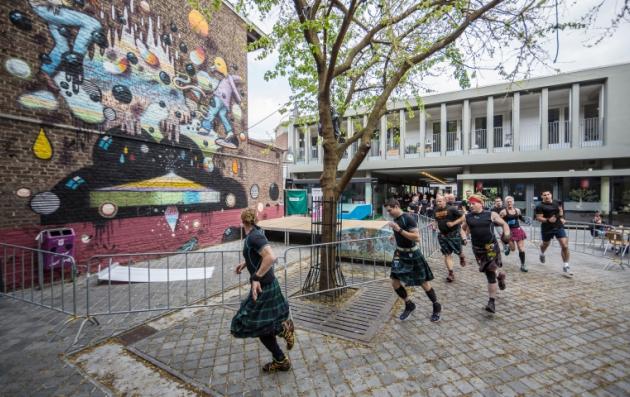Blue Growth Piraeus
Starting-up the Blue Economy
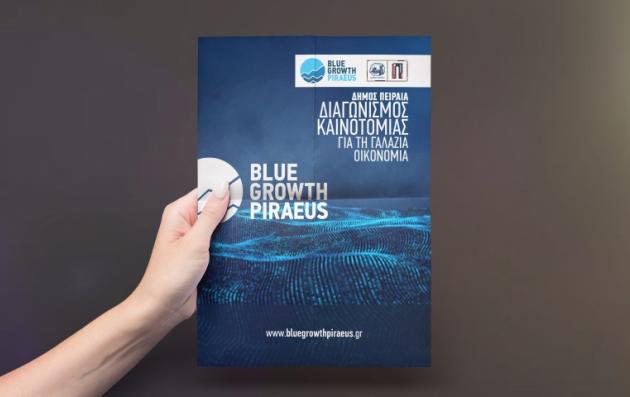
Summary
Blue Growth Piraeus is an initiative to support start-ups and sustainable entrepreneurship on the maritime economy.
In 2014, the city of Piraeus (EL) put in place Blue Growth Piraeus, a first-established at EU level innovation competition for the maritime economy (Blue Economy), with the objective to strengthen traditional economic activities with innovative business ideas. Through a call for proposals, Blue Growth Piraeus aims to inspire and help young entrepreneurs realise innovative concepts and develop jobs and services related to marine resources. Blue Growth Piraeus includes 5 stages, from proposals submission and evaluation to award ceremony and an incubation programme.
The first step of Blue Growth Piraeus team was to establish the Marinescape, a human ecosystem (partners, sponsors, advisors, academia) around Blue Economy. The successful cooperation among Marinescape stakeholders is a key asset that provides the opportunity to create an accelerator and job creator in the city. In the incubation stage, mentors from the Marinescape provide advise and courses to all trainees on scientific knowledge, market needs and business opportunities. Since 2019, the incubation and training is hosted by the Blue Lab, the municipal center of entrepreneurship and innovation for blue growth. Community networking events take place constantly, aiming at the identification of business ideas, the promotion of Blue Growth, the attraction of sponsors and other stakeholders. The aim of the municipality is to expand the target group of the Blue Growth Piraeus to children, students, as well as adults interested in life-long education and learning programmes.
The solutions offered by the good practice
Blue Growth Piraeus promotes socially and economically the city and helps to encourage entrepreneurship, offering:
- Innovation and business strategies regarding Blue Economy.
- Facilitation and acceleration of knowledge transfer to companies and start-ups turning them into healthy companies with positive economic impact.
- Experimentation and access to new production and technological processes and practices.
- A continuous innovation mechanism in blue and green economy.
- Strengthening of cooperation in the fields of research, education and practice.
- Creating channels for exchanging knowledge and creating synergies in common fields.
- Improvement of skills and knowledge especially of young people in Blue Economy.
- Integration of Triple Bottom Line as a basis for a continuous social dialogue regarding the sustainable economic activity.
Building on the sustainable and integrated approach
It is a core approach of the Europe 2020 strategy that European cities should act as the motors for regional growth, innovation and employment creation.
Economic development can only be sustainable when it is accompanied by measures designed to reduce poverty, social exclusion and environmental problems. The new economy needs to be more circular, inclusive and just. Moreover it is crucial for cities to improve the quality of citizens’ life and to reduce their environmental footprint.
Providing that and taking into consideration the 12 priority themes of the Urban Agenda for the EU, Blue Growth Piraeus is by definition an integrated approach good practice, due to the fact that it blends in practice two influential frameworks: the “Quadruple helix” (4H: government, academia, industry and citizens collaborate together to drive structural changes) and the Triple Bottom Line (TBL). The 4H helps to establish a dynamic learning network towards innovation as an interaction between several stakeholders and TBL helps the network to achieve positive impacts and ROIs in all three bottom lines (business, people, and the planet).
Blue Growth Piraeus realises that intermediation and facilitation towards new economic models is significant, by forms of risk taking and market correction, to allow opportunities to reach and be sensed by wider audiences.
Blue Growth Piraeus is a good practice of regional development by fostering an entrepreneurial mentality, connecting industries, universities and startups and providing crucial support for young entrepreneurs in the early stages.
Based on a participatory approach
The established Marinescape, which is one of the greatest assets of Blue Growth Piraeus, consists of an extensive network of stakeholders (businesses, universities, chambers, etc) promoting a constant dialogue regarding Blue Economy issues, while aiming at the expansion of the network with additional stakeholders that can contribute to Blue Growth objectives.
A great number of stakeholders participate in all stages of Blue Growth Piraeus planning and implementation. It started as a partnership of the public (Municipality of Piraeus) and private sectors (Aephoria.net), while currently it is run by the Municipality in collaboration with the University of Piraeus, the University of West Attica, the Blue Lab of Piraeus, and soon also in collaboration with the recently opened Business Support Center of the Municipality, among various other stakeholders from the private sector. This is the foremost proof of different stakeholders’ participation in the planning of the initiative as well as in their commitment to support its implementation. It should also be noted that Blue Growth Piraeus is implemented under the auspices of various Ministries of Greece.
The Blue Growth Piraeus advisory board consists of members from industry, academia and governance achieving in that way the establishment of communication channels among them, the promotion of constant stakeholder dialogue and their involvement in the development of Blue Growth Piraeus. In the incubation stage there is input of mentors from the whole Marinescape providing thus to all trainees an integrated mentoring based on scientific knowledge, market needs and business opportunities. Community networking events are constantly undertaken, aiming at the identification of business ideas, the promotion of Blue Growth, the attraction of sponsors and other stakeholders for their participation in the initiative.
What difference has it made?
The impact of Blue Growth Piraeus is identified in the economic and social aspects of Piraeus city since it promotes urban sustainable development and reinforcement of social inclusion. Blue Growth Piraeus has contributed in the creation of new jobs and businesses, dealing in that way with the problem of unemployment which is a common challenge faced by all cities, especially in Greece that has been in a constant economic crisis during the last years. Blue Growth Piraeus has encouraged the entrepreneurship and promoted innovative business concepts related to the maritime economy and the values of sustainable entrepreneurship contributing thus to the improvement of entrepreneurial mentality with socio-economic benefits and the enhancement of business activity. Also, Blue Growth Piraeus has established and leads the Marinescape, a human ecosystem (partners, sponsors, advisors, academia) around Blue Economy, which constitutes a vital organisation working effectively towards the achievement of Blue Growth Piraeus’s goals.
Along the years, Piraeus has further improved and expanded its Multi-agency governance structure Marinescape, while it is now more deeply connected to the Municipality, also thanks to the ULG methodology. In addition, there are currently discussions to provide the most important and “loyal” ULG members with a certification announcing them as Blue Growth Ambassadors of Piraeus, to recognize their support, effort and dedication. It will most probably be realized very soon. The roles of sponsors, trainers and advisory board, including responsibilities and benefits have been detailed at local level.
Collaboration and networking with the ULGs of BluAct cities has been reinforced via the hybrid Final Event where 7 simultaneous ULG gatherings at the partner cities were connected online and the creation of the BluAct Forum - which aims to function as a pan-European, online ULG that could extend even beyond the BluAct phase 2 partnership.
The whole process has now been operationalised and documented. the advisory board was very strict with the selection and the questions asked live (streaming) to the competition finalists. A new system also allowed all viewers to vote from home, so apart from the advisory board more people could indicate their preference. The incubation (or “acceleration”) was run through the fresh Blue Lab of Piraeus, albeit mostly online. It was the first time and during the pandemic so next versions will be much better. This will also lead to the new Business Support Center of Piraeus will advance this stage importantly. The successful cooperation among the ecosystem’s bodies is a key asset of BG that provides the opportunity to create an accelerator and job creator in the city.
Results achieved until now:
- Collaboration with 6 universities in Greece, Egypt, China, Cyprus and ability to approach thousands of university students.
- At least 2 new competitions related to the Blue Economy have been established from other organizations
- Establishment of more than 15 start-ups
- Acceleration of 7 start-ups in the Blue Lab (Municipal Center of Entrepreneurship and Innovation for Blue Growth) -in 2020.
- Creation of approximately 60 jobs
- Implementation of more than 50 community networking events, also in the context on several European projects
- 1 start-ups has been funded by HORIZON 2020
- 2 start-ups incubated by Blue Growth Initiative went to Port XL Rotterdam, a mentorship-driven open innovation program on port-related industries (start-ups, spinouts, SMEs, multinationals) for acceleration process.
Transferring the practice
Piraeus led the BluAct Network over 2.5 years, transferring its practices to 6 other cities: Burgas (Bulgaria), Galati (Romania), Matosinhos (Portugal), Mataro (Spain), Ostend (Belgium) and Salerno (Italy). You can, in particular, check Mataro’s Good practice here. The approach was based on the 5 stages of the Blue Growth Piraeus Competition: Establishment of a strong multi-agency structure for overseeing the leadership, Management and delivery of the initiative, Competition Preparation Competition Delivery Incubation Programme and Ongoing celebration and promotion. BluAct has also created a PLATFORM/TOOLKIT/FORUM that can be found here. BluAct was also reloaed with another Transfer Network in 2021-2022.
-
374_Piraeus_Gpsummary.pdf(PDF, 146Ko)


